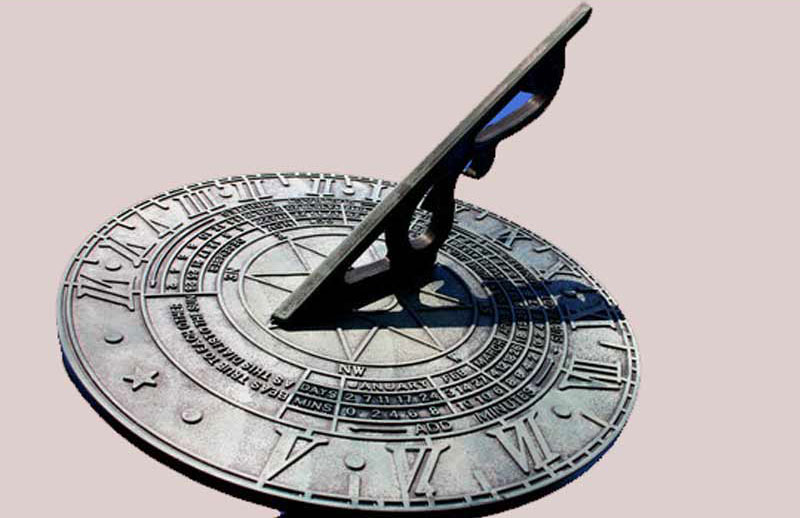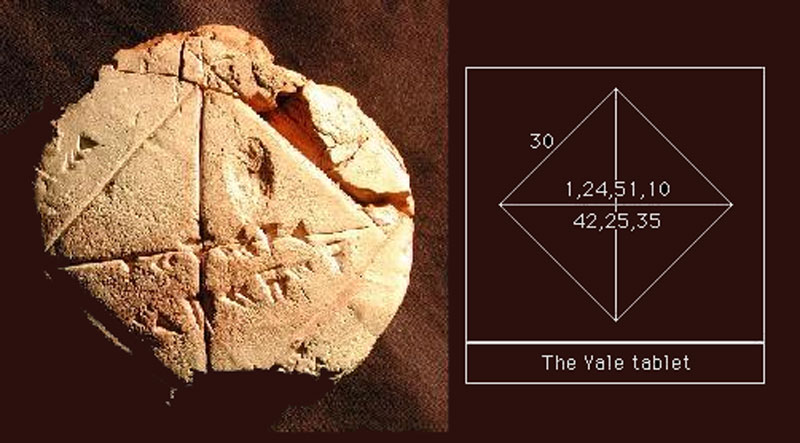
Have you questioned why we measure time the way we do? Why are there 24 hours a day instead of 20 hours & 60 minutes instead of 100 minutes in an hour?
The answer to this question lies in the history and science of timekeeping and how different civilizations and cultures worldwide have invented various ways of measuring the passage of time and keeping track of it. In this post, we will explore the historical origins of the time system based on a 24-hour day, each hour consisting of 60 minutes, and how it became standardized.
As you probably know, it takes about 24 hours for Earth to complete a spin on its axis, and this interval is called a day. But you may not know this fact: The appearance of the number 24 is not random; there’s a long and complex history behind it.
Historically, ancient civilizations like the Egyptians and Babylonians laid the groundwork for timekeeping and our current time system. Thousands of years ago, the ancient Egyptians divided the daytime into 10 hours and used tools or devices like shadow clocks to measure. They also included a twilight hour at the start and end of the daytime period.
As for the nighttime, Egyptians relied on the stars’ movements to calculate and measure the time at night, dividing it into 12 hours. To do this, they closely observed 36 unique stars known as "decans." These stars followed a specific pattern as they appeared in the sky, assisting ancient Egyptians to measure and keep track of the hours.
That’s why it’s said that the ancient Egyptians were the first to start splitting days into 24 parts, with 10 hours of daytime, 12 hours of nighttime, and 2 hours of twilight (one occurred at the start of the day and one appeared at the end of the day).
However, the length of daylight and nighttime hours in the Egyptian system was unequal and changed depending on the season. The length of an hour wasn’t fixed, with hours of daylight during the summer longer than those in the winter.

According to scientificamerican.com, the concept of hours with a fixed length was not introduced until the Hellenistic era, during which Greek astronomers adopted this system for their theoretical calculations. In the 2nd century BCE, probably between 147 and 127 B.C., Hipparchus, a renowned Greek astronomer and geographer, introduced the 24-hour concept that we use today.
He suggested dividing the day into 24 equal hours, based on the observation of equal durations of daylight and darkness during equinoxes, with 12 hours of nighttime and 12 hours of daylight (aka the Equinoctial Hours).
The Babylonians, another ancient civilization with a strong tradition of astronomy, also played a fundamental role in the development of our modern timekeeping system, along with the ancient Egyptians. They used a base-60 system for mathematics and astronomy, which influenced the division of hours into 60 minutes and minutes into 60 seconds.
To be more specific, the Babylonians employed the sexagesimal (base 60) system—a legacy from the Sumerians, who pioneered its development around 2000 B.C.—for astronomical computations. The reason for choosing the number 60 remains unclear, but it is worth noting that this numerical value is highly convenient for expressing fractions.
With a closer look, it’s easy to find that 60 is the smallest integer divisible by not only the first 06 counting numbers but also by 30, 20, 15, 12, and 10.

In their era, Greek astronomers also adopted the Babylonian sexagesimal (base 60) system for their astronomical calculations. Eratosthenes (276–194 BCE) employed the Babylonians' sexagesimal system for splitting a circle into 60 parts.
Hipparchus, the Greek astronomer behind the concept of Equinoctial Hours, expanded the divisions to 360 degrees several decades later. In 150 AD, Ptolemy split each degree into 60 smaller parts known as "partes minutae primae," giving rise to the term "minute." Each "minuta" was then divided into 60 even smaller parts, called "partes minutae secundae," from which the term "second" originated.
The structure of 24 hours in a day and 60 seconds in a minute plays a foundational role in the design and functionality of time calculators. These standards affect time calculators in several key ways:
Basis for Calculations: Time calculators use the 24-hour day and 60-second minute as basic units for all calculations. Whether converting time zones, adding or subtracting durations, or calculating differences between times, units of time provide the standard from which all calculations are derived.
User Interface Design: The familiar format of 24 hours and 60 seconds influences the user interface of time calculators. Interfaces often include options to input hours, minutes, and sometimes seconds, reflecting the division of time into these units. This makes the tools intuitive for users who are accustomed to this time structure.
Accuracy and Precision: The precision of time calculations depends on the granularity of the units involved. Since a minute is divided into 60 seconds, and an hour into 60 minutes, time calculators can offer precise calculations to the second, ensuring accurate scheduling and time management.
Conversion Functions: Time calculators often include functions to convert between different units of time, such as from minutes to hours or seconds to minutes. The 24-hour and 60-second standards are crucial for these conversions, as they define the conversion ratios (e.g., 1 hour = 60 minutes, 1 minute = 60 seconds).
Time calculators use the 24-hour and 60-second standards to adjust for these changes accurately.
Now, you have answers to the question “Why are there 24 hours a day and 60 minutes in an hour?”. As you can see, the establishment of 24 hours in a day and 60 minutes in an hour has deep historical, astronomical, and practical roots.
Today, the 24-hour day and 60-minute hour are used globally as a standard for timekeeping. They make it easy to measure time consistently and accurately, which is essential for many aspects of modern life, from transportation to communication, commerce, education, and more.